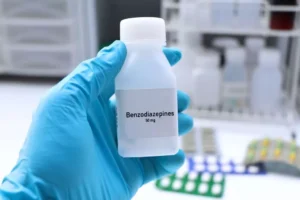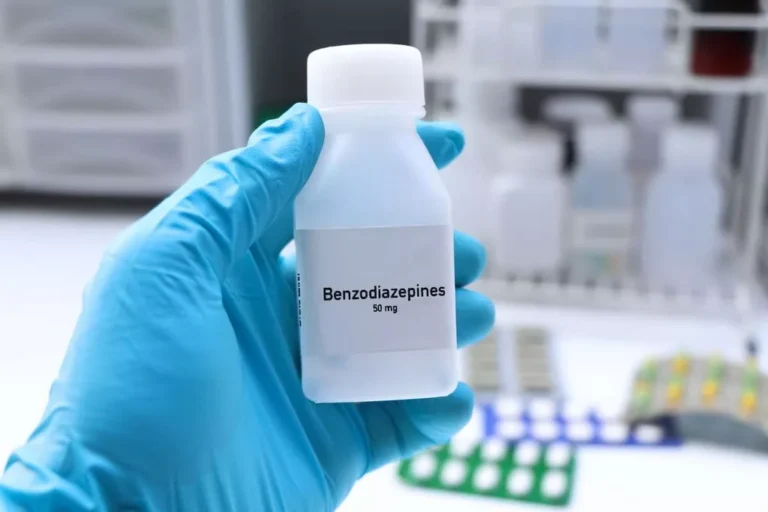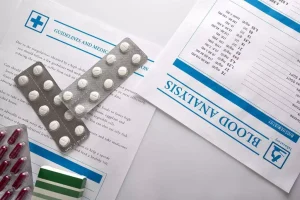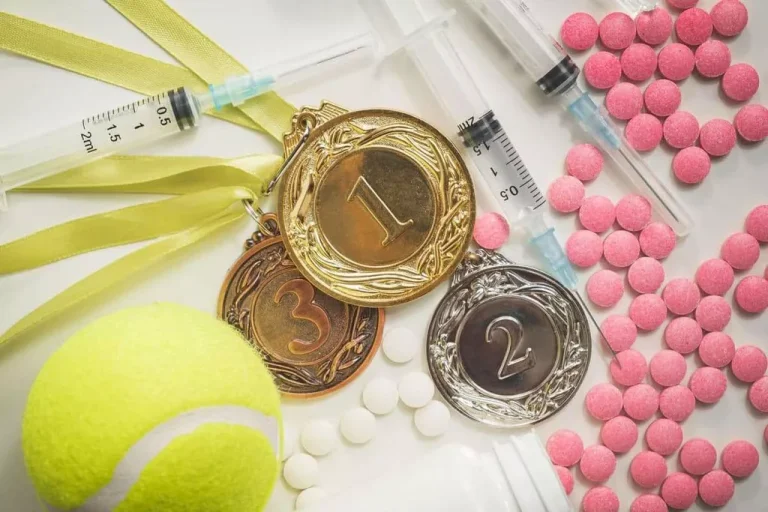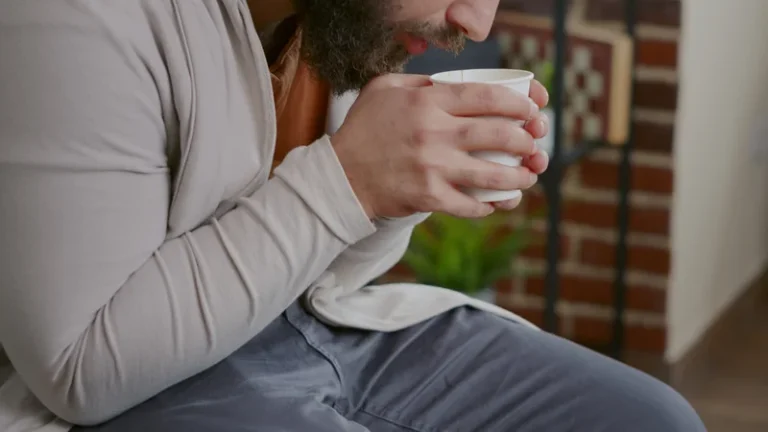As such, the side effects and chemistry of Tucibi cannot be classified or predicted. Its place as a street drug and substance of abuse is largely cultural in nature. In most cases, a person whose drug of choice is cocaine, heroin, or others will take Tucibi as a cheap alternative or when the drug of choice is unavailable. Repetitive use of Tucibi is usually a product of other drug habits. Often, the addicted person is seeking something similar to cocaine, heroin, or some other drug of choice and accepts Tucibi as a substitute. This can lead to repeated use of this drug, which can lead to unpredictable behavior and sometimes exposure to deadly substances.
DoubleBlind is a trusted resource for news, evidence-based education, and reporting on psychedelics. We work with leading medical professionals, scientific researchers, journalists, mycologists, indigenous stewards, and cultural pioneers. Read about our editorial policy and fact-checking process here.
Taking 2C-B may pose a major danger to users because it can (often) contain additional ingredients and other drugs such as opioids (including fentanyl). Cutting pink cocaine with other drugs may cause an overdose or other serious and unpleasant side effects. It is also possible for pink cocaine to contain contaminants as dangerous as levamisole, a worm medication that might cause deadly complications in combination with cocaine. Otherwise, users may abuse the drug and develop a higher tolerance. They’ll need to increase their intake to experience the same high. A dose increase will only increase physical and mental health risks.
Despite the initial onset of pain, when someone begins to snort drugs, they experience effects in about 30 minutes. Users will often experience excitement, warmth, nervousness, and tingling sensations in the first phase of intoxication from pink cocaine. Sexual and physical arousal may occur and possibly persist throughout the high. Users may experience euphoria, similar to that of MDMA, in addition to the above effects. The effects of Tucibi usually culminate at hour two after ingestion. That said, pink cocaine can cause various health complications, such as cardiac arrest and hypothermia.
- Pink cocaine is usually a pink pill or powder that is taken orally or snorted intranasally.
- Pink powder drug called as pink cocaine does not contain any cocaine.
- The tusi phenomenon also has the potential to complicate drug research as unknown exposure to drugs like ketamine and MDMA will lead to underreporting of use.
Struggling with Cocaine? Zinnia Health Can Help
It can contain traces of caffeine, meth, cathinone, or benzos. The prior is purely synthetic, whereas the latter comes from the coca leaves. Drug cartels in Colombia gave the nickname Tusi or Tucibi to this dangerous drug cocktail just to make it easier to market. Tuci, Tusi, or Tucibi do not have any relationship with 2C-B.
More on Substance Abuse and Addiction
DoubleBlind Magazine does not encourage or condone any illegal activities, including but not limited to the use of illegal substances. We do not provide mental health, clinical, or medical services. We are not a substitute for medical, psychological, or psychiatric diagnosis, treatment, or advice. If you are in a crisis or if you or any other person may be in danger or experiencing a mental health emergency, immediately call 911 or your local emergency resources. If you are considering suicide, please call 988 to connect with the National Suicide Prevention Lifeline. As noted above, calling the pink drug cocktail “tusi” or “tucibi” confuses people, perhaps intentionally, into thinking they are buying 2C-B or a 2C drug when, in fact, they are not.
Tucibi (2CB): The Elite Drug
The original intention of 2C-B was therapeutic, and it led to the clinical use of drugs like ecstasy in marriage counseling. But like ecstasy, it has become a drug of abuse and is strictly controlled. The original psychedelic form Tucibi is based on hearkens back to 1974 and was first synthesized by Alexander Shulgin.
Treating Addiction
For others, this is a high dose and will make them hallucinate. Between 14 and 24 mg, a difference of just 10 mg can mean a significant increase in the drug’s effects. Since 2007, though, it has been found in Argentina, Uruguay, and Colombia, and is used most frequently by elites in these settings. Pink cocaine has given the substance the reputation of a designer drug as Colombian high-society citizens appear to use it most frequently.
Tucibi is most frequently manufactured in illegal laboratories and is not regulated by the Food and Drug Administration. Because of this, it may be difficult to determine the size of your dose. Those who manufacture pink cocaine may also cut the drug with other chemicals and drugs that are unknown. The confusion between Tusi and 2C-B is largely due to the name “Tusi,” which phonetically resembles “2C-B,” and the substance’s pink color, often accompanied by a sweet scent. However, these characteristics are part of a marketing strategy rather than indicators of the actual ingredients (2). The term “pink cocaine” is particularly misleading, as it may lead users to believe they are consuming a form of cocaine, which can result in dangerous misunderstandings about its effects.
Is Pink Cocaine Similar To Cocaine?
This is a reference to a recreational psychedelic drug called 2C-B (4-bromo-2,5-dimethoxyphenethylamine). However, analyses have determined that this psychedelic drug is rarely found in tucibi samples. While cocaine and pink cocaine share some similarities, such as the potential for addiction and chemical dependence, they differ in their composition and effects. Cocaine is a concentrated and refined form of the coca plant, known as cocaine hydrochloride, that has both stimulant and anesthetic properties.
Russian cult leader linked to human and drug trafficking arrested in Argentina
Like the dozens of compounds in the 2C series, it is classified as a phenethylamine, distinguishing it from LSD and psilocybin, which are both tryptamines. 2C-B induces brief psychedelic experiences, a contrast to classical psychedelics, which can sometimes produce trips that last six hours or more. It can invoke psychedelic visuals and unique bodily sensations, inspiring feelings of euphoria or arousal. While it’s impossible to determine the exact chemical makeup of tusi without advanced analytical equipment, there are some ways to see what kind of stuff might be in it.
Pink cocaine is a synthetic party drug that’s especially popular among teens. Also more formerly known as 2C-B, pink cocaine has various side effects, including the potential for overdose which can harm both one’s physical and mental well-being. While pink cocaine and traditional cocaine share the risk of addiction and chemical dependency, they differ substantially in their origins and effects. Cocaine is plant-based, whereas Pink Cocaine is a mixed-up cocktail drug that contains anything but cocaine, which makes this drug’s effects unpredictable and dangerous. Pink powder drug called as pink cocaine does not contain any cocaine.
Drugs detected within the 19 pink powder tucibi tusi/2C-B submissions to DrugsData between 2019 and 2022. During a recent on-site substance check, a substance sold as ketamine was found to be a potent cocktail of different components. An alert was issued regarding this substance so that people in the surrounding area could be informed. In 2021, the National Drug Observatory of Chile raised concerns about the growing prevalence of “tuci” products, which also did not contain 2C-B. In fact, 99% of the samples tested from the 2C group contained ketamine, a trend also observed in Argentina and Uruguay (3). Safety Note Fentanyl test strips and other components of a drug testing kit can reduce (though not eliminate) the chance of ingesting deadly compounds in any drug you take.
There’s no way to know exactly how your product is made or what’s in it. The nickname tusi/tuci comes from how it sounds when you say 2C — a group of psychedelic drugs that may have originally been in pink cocaine. As with most illicit drugs, users of pink cocaine navigate the tension between the enjoyable high they seek from the drug, and the very serious risks that it carries. Here, we do our best to dispel some of the mystique around pink cocaine by unpacking its composition, properties, culture, and risks. The variability in tusi’s composition makes it a particularly risky drug, with the potential for harmful or even deadly effects due to its unpredictable ingredients.


